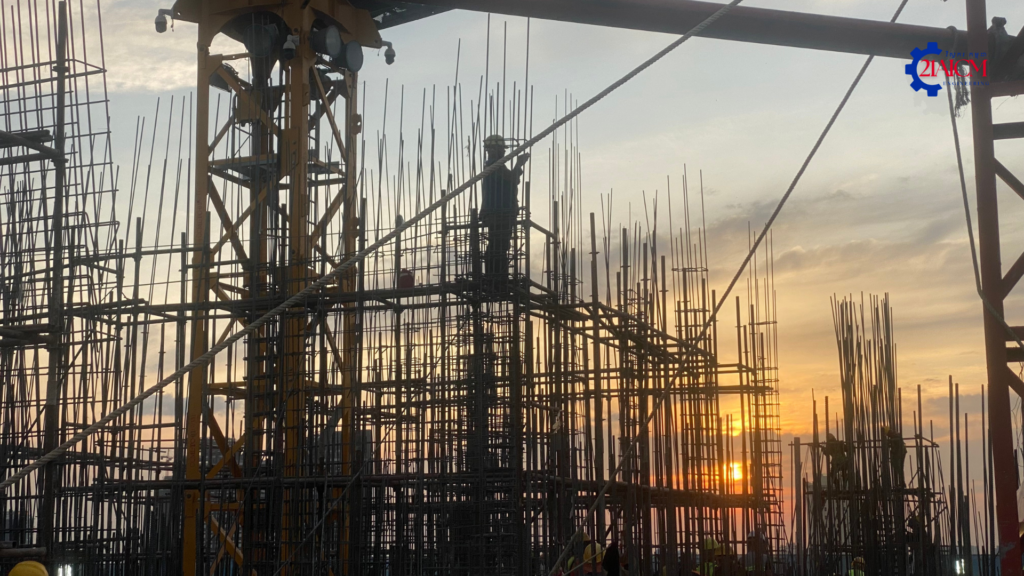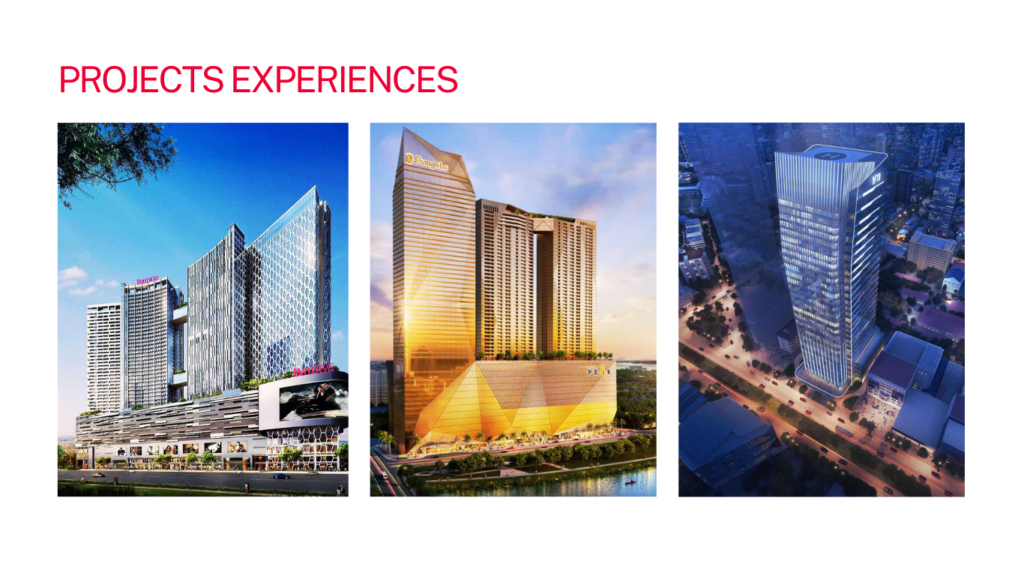
1. The Ultimate Juggler of Deadlines and Details
Managing a high-rise project requires seamless coordination among various disciplines—architecture, engineering, safety, procurement, and construction. Just one missed deadline, whether it’s for steel delivery or foundation pouring, can lead to a chain reaction of delays that may cost millions. Project managers work to ensure that every task is in sync, much like a well-rehearsed orchestra.
2. Decision-Making Under Pressure
When a crane malfunctions or there’s an unforeseen weather delay, the project manager has to swiftly determine whether to extend timelines or seek alternative solutions. The stress of making the “right call” with tight deadlines often requires a calm demeanour and exceptional problem-solving abilities.
3. The Gatekeeper of Safety
Building high-rises presents distinct safety challenges, such as operating at great heights and handling heavy machinery in tight areas. Project managers conduct regular safety drills, make sure that OSHA (or local safety authorities) regulations are followed, and tackle potential hazards before they become issues. They also review accident reports to help mitigate future risks.
4. The Legal Minefield
Every construction high-rise must navigate a complex web of laws and regulations. From obtaining environmental clearances to adhering to earthquake and fire safety standards, the project manager makes sure that every legal requirement is addressed. Even an unintentional violation can lead to work stoppages, fines, or lawsuits that could jeopardize the entire project.
5. Budgeting Under Extreme Pressure
As skyscraper costs soar into the billions, exceeding budgets can have dire repercussions. A project manager’s role extends beyond merely monitoring expenses; they proactively hunt for ways to cut costs, negotiate discounts for bulk purchases, and explore alternatives when prices surge for essential materials such as steel or concrete.
6. A Single Point of Failure
Stakeholders—including clients, contractors, and even the public—often view the project manager as the representative of the project. When timelines are delayed, budgets exceed expectations, or quality diminishes, the manager is held accountable. They are the key figures responsible for the entire operation.
7. The Invisible Team Leader
Project managers don’t work directly with just one team; they oversee multiple subcontractors, engineers, and consultants. This demands a leadership style based on influence rather than authority, as many teams belong to different organizations. Maintaining harmony and productivity in such a diverse environment is quite challenging.
8. Multitasking at Extreme
Picture having to handle a design change request from the client, a crane malfunction causing delays, and an engineer raising a compliance issue—all at the same time. This is a typical day for a high-rise project manager. Their skill in quickly prioritizing, delegating, and resolving issues is what keeps the entire project moving forward.
9. Master Negotiator
In the realm of construction, project managers play the role of diplomats, whether they are negotiating contract terms with vendors, securing deadline extensions, or resolving disputes between contractors and clients. Their goal is to find solutions that benefit everyone involved while protecting the project’s interests and fostering professional relationships.
10. Always on the Clock
The demands of high-rise construction are unyielding. A project manager’s phone is constantly buzzing, and unexpected challenges frequently emerge outside of regular work hours. With site inspections, stakeholder meetings, and crisis management, it’s common for them to work 60 to 80 hours a week during critical phases of a project.
11. The Conflict Mediator
Construction projects bring together a diverse mix of personalities and objectives, making disputes over payment terms, delays, or design changes unavoidable. In these situations, a project manager steps in to mediate conflicts, ensuring that the team remains cohesive and focused on the overarching goals.
12. Managing Stakeholder Expectations
Stakeholders often have differing priorities: clients seek the best quality for the lowest price, while contractors focus on maximizing profits. Project managers leverage their communication and negotiation skills to harmonize these expectations, preventing misunderstandings that could hinder progress.
13. The Driving Force Behind Innovation
High-rise construction is increasingly dependent on advanced technologies. Project managers are responsible for incorporating these innovations, such as:
• Drones for Site Surveillance: Providing real-time updates on project status.
• BIM (Building Information Modeling): Helping to foresee design conflicts and optimize resource use.
• IoT Devices: Monitoring structural integrity and safety in real-time.
• Keeping up with these trends ensures that their projects remain efficient, sustainable, and competitive.
Why This Matters
These insights highlight that project managers are not just task overseers—they are leaders, visionaries, and problem solvers who tackle unprecedented challenges. Their efforts influence not only the skyline but also the lives of every worker and stakeholder involved.
END
